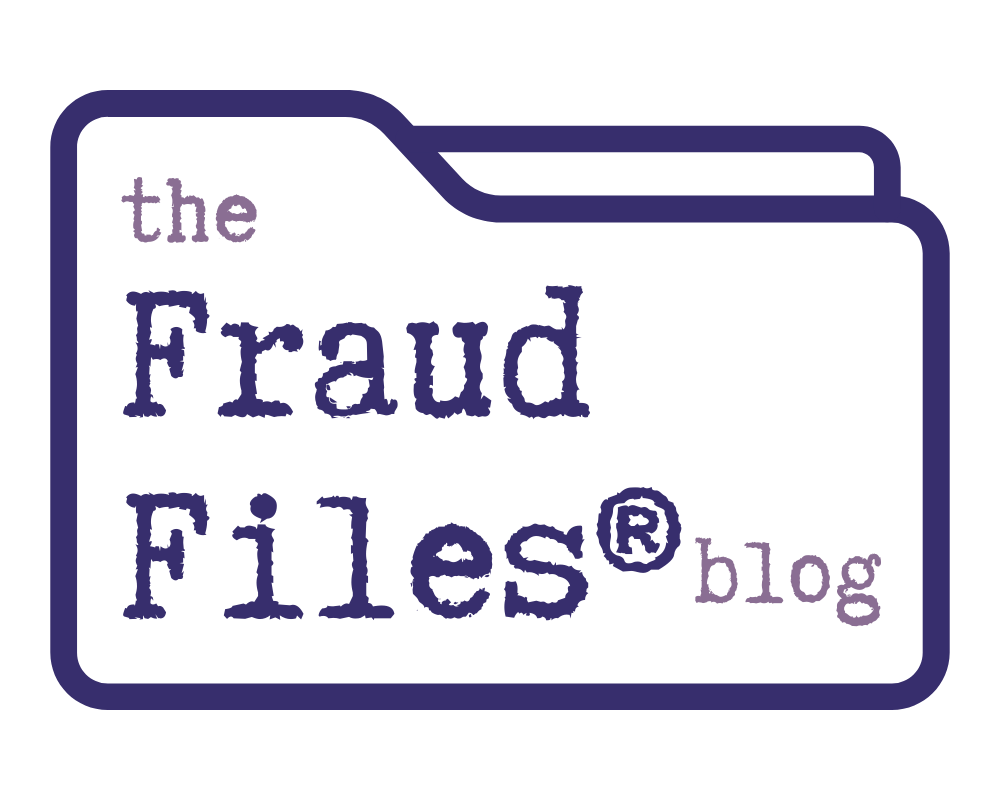Yesterday the government’s sentencing memorandum in the criminal case against Sujata Sachdeva (the woman who stole more than $34 million from her employer, Koss Corp.) was released. It had a number of items of interest. Prior to sentencing, the prosecution and the defense each get to make their case for a higher or lower sentence.
The defense’s arguments were absurd. They argued that Sue Sachdeva should get a lighter sentence because:
a. she’s been a law-abiding citizen until now
b. the fraud was “simple”
c. and poor, poor Sue has a “compulsive shopping disorder”
The government (wisely) argued that:
a. Sue has NOT been a law abiding citizen, she just didn’t get caught for a long time (12 years, according to the memo)
b. the fraud was actually complex and required lots of effort to carry on for so long (and for such a large amount)
c. the duration of the scheme, and the frequency with which the acts occurred indicates that this was a very serious crime
d. no one cares if Sue is addicted to shopping
e. the fraud put the existence of the company in jeopardy
What is interesting for me as a forensic accountant is the complexity of the scheme. How Sue stole was relatively simple: She wrote checks, transferred funds, and used cashiers checks to steal.
It’s the cover-up that got so complex. There were so many instances of theft, and the dollar amount grew so large over time, that there were many, many accounting entries made to Koss’s books and records to conceal the fraud.
Some of the entries can be simple. It’s pretty easy to steal money, and record the theft as a payment to a supplier for raw materials. It’s not so easy if you decide to start fiddling with customer accounts to conceal the fraud. All told, Sue used a bunch of different methods to conceal the fraud, and in doing so, weaved a very tangled web.
The web was so tangled, that of the $34 million stolen, the forensic accountants hired by Koss still can’t figure out how $6.5 million of this was hidden.
Yesterday, Milwaukee’s ABC affiliate, WISN, interviewed me about the latest developments.
2 Comments
Leave a Reply




Corporation Giant of Beverly Hills Ca.
are conducting fraud. Do not buy or sell
a company with these guys. Bill and John are
frauds they steal and cover up there criminal
They steal from sellers and buyers of businesses. If you want to loose money then give it to Bill and John.
You say how the theft was accomplished was simple: “She wrote checks, transferred funds, and used cashiers checks to steal.” Yes, that’s correct.
But then you say that the cover-up was complex: “The web was so tangled, that of the $34 million stolen, the forensic accountants hired by Koss still can’t figure out how $6.5 million of this was hidden.” That’s an incorrect conclusion.
The fact that the “forensic accountants” had trouble figuring out the cover-up doesn’t mean that the fraud was very complicated. Unless the records were destroyed, or no documentation was maintained, such corporate frauds are not much of a problem for really competent forensic accountants. There are a lot of people who call themselves “forensic accountants” and many of them even have lots of credentials, but really skilled, talented fraud-finding forensic accountants are a very, very rare breed.
If the government or Koss hired the “forensic accountants,” then it stands to reason that those accountants aren’t the breed I’ve been talking about. Because no statements have been made about missing or destroyed records, and there’s no reason for anyone to keep that a secret if, in fact, the records aren’t there to analyze–we can safely conclude that the “forensic accountants” you speak of are only such in name only. Very likely, the “forensic accountants” hired for this engagement were former big-4 auditors who have taken a couple of courses in “forensic accounting”–but wouldn’t know how to discover a fraud if it came up to them and slapped them in their faces.
But it gets worse. Both the government and Koss management didn’t really want to get to the bottom of the fraud at Koss Corp.
How can I conclude that? If they were interested in rooting out ALL of the details of the fraud, they would not have been in such a rush to put Suzy in the big house. Instead, they would have struck a deal with Suzy to help them sort through the accounting records and documentation.
Thus, thanks to Koss management and the government, this crime won’t be truly solved and nothing will be learned from it–other than to consider it a red flag when management tells you they hate internal controls and regulations designed to protect investors against fraud. The only way I see some real forensic accountants getting an opportunity to do a real fraud investigation is if there’s a lawsuit against Koss Corp. that makes it discovery. The plaintiff’s lawyers will want to win the case and they will engage the very top forensic accountants–that special breed I spoke of–to get to the bottom of the crime. And if that happens, who knows? Perhaps Suzy wasn’t the only person stealing money from the Company.